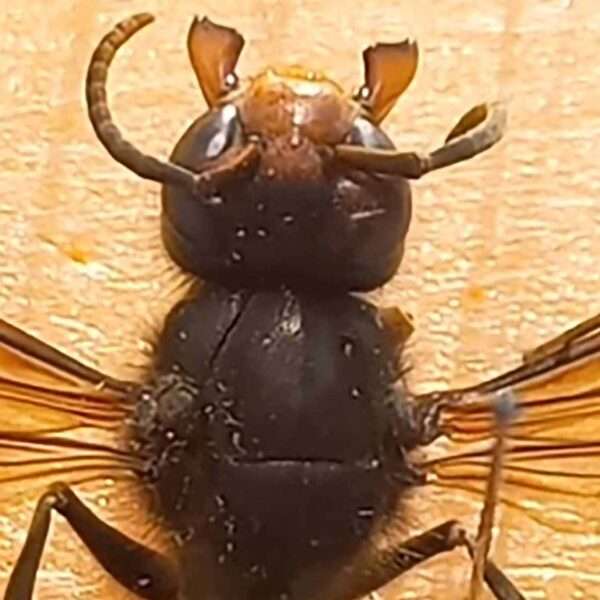Bees retain a memory of their home area’s most significant landscape elements to navigate in uncharted territory, according to new research.
The study by neurologist and zoologist Prof Dr Randolf Menzel from the Free University of Berlin and his two co-authors shows that – when transported to an unfamiliar area – honeybees search for their way home by checking for local elements such as roads, field edges and irrigation channels.
The social insects compare them to their memory before flying along them to seek their way home, according to the experts’ research which has been published in the Frontiers in Behavioral Neuroscience magazine.

Dr Menzel – who is an emeritus professor at the Free University of Berlin’s Department of Neurobiology – said: “Here we show that honeybees use a ‘navigation memory’, a kind of mental map of the area that they know, to guide their search flights when they look for their hive starting in a new, unexplored area.”
Dr Menzel added: “Linear landscape elements, such as water channels, roads, and field edges, appear to be important components of this navigation memory.”
For their investigation, the researchers glued tiny transponders on the back of 50 forager honeybees they had caught in the Brandenburg countryside, northeastern Germany.
The scientists released them in a test area – where a radar system has been installed – which was located too far away from the insects’ original habitat to be familiar to them.
Domesticated honeybees fly in exploratory loops around the spot where they had been released when they find themselves in unknown territory.
The radar helped the experts to precisely track the flight pattern of each bee for at least 20 minutes.
The researchers collected bees from five different hives. While the area around hives A and B strongly resembled the test area when it comes to the number, width and length of linear landscape elements, the region surrounding hives D and E was highly dissimilar. The area where hive C was situated had some similarities to the test zone.

The researchers – who used advanced statistics to analyse the orientation of flights and their frequency – found that the pollinators spent a lot of time flying alongside the irrigation channels.
Dr Menzel told the online science news platform Phys.org: “Our data show that similarities and differences in the layout of the linear landscape elements between their home area and the new area are used by the bees to explore where their hive might be.”
The renowned scientist – who is the co-author of a bestselling book called ‘Die Intelligenz der Bienen’ (The Intelligence of Bees) – added: “Their neuronal capabilities are also underlined by the fact that they coexist in – added: “Flying animals identify such extended ground structures in a map-like aerial view making them highly attractive as guiding structures.
“It is thus not surprising that both bats and birds use linear landmarks for navigation. Based on the data reported here we conclude that elongated ground structures are also salient components of the honeybees’ navigation memory.”











